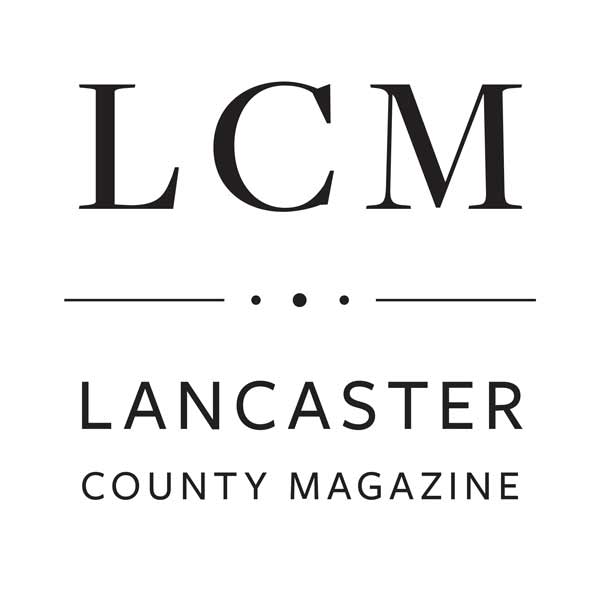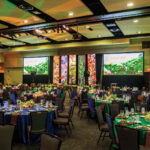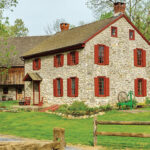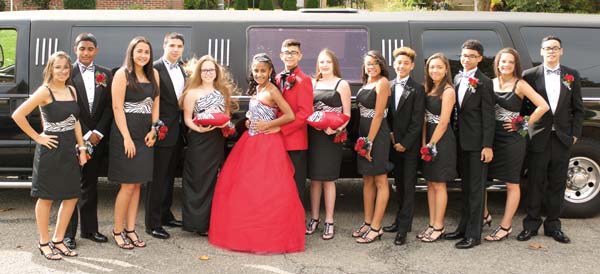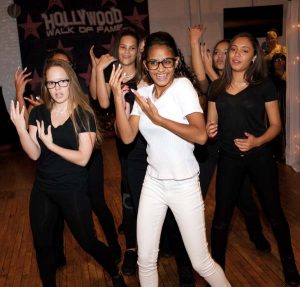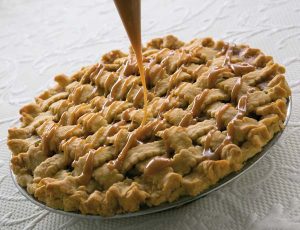As the summer comes to a close, I’m preparing myself for another year away from Lancaster while I’m at college in Indiana. Leaving home is never easy, especially when you’re heading to a place that doesn’t quite live up to your hometown. However, fortunately for me, I have a handful of friends from the Midwest area who are coming down to Lancaster to see what the fuss is all about. So, for a week before I head back to college, I get to be a tourist in my own hometown while showing my dear friends around. So, here’s a rough outline of our itinerary – just a reminder: We’re college students who are poor and stingy with our money, so we’re not going to be doing anything extravagant like going to Hershey Park.
My friends are arriving Saturday night, which is perfect because one of my favorite things to do over the summer is go to Long’s Park’s Summer Concert Series. I think the Sunday night concerts are such a great representation of all that Lancaster has to offer: great food from the variety of food trucks; incredible music from a variety of different cultures; and a flourishing, beautiful community. I think it’ll be a great way to start off our week.
On Monday, we’ll head to Amish country. Although my Midwestern friends have lived in Amish country, they’ve never experienced anything like “Lancaster” Amish country. We’ll go to Kitchen Kettle Village and possibly purchase “I love Intercourse, PA” shirts because we’re immature college students. I also plan on taking my friends to the buffet at Bird-in-Hand Restaurant and stuffing myself with as much macaroni and cheese that I can handle (mind you, I’m lactose intolerant – love is pain, right?). And finally, we’ll stop at Olde Heritage Homemade Root Beer & Gift Shop and splurge on whoopee pies and fudge.
If we manage to survive Amish country, we’ll head to historic downtown Lancaster Tuesday – which might possibly be my favorite part of Lancaster County. I hope to take my friends on a “coffee tour” if they’re willing. We’ll hop from coffee shop to coffee shop until we’re shaking from the excessive caffeine. After we’ve tried all the espresso that Lancaster city has to offer, we’ll stop for lunch. Fortunately, downtown Lancaster is packed full of restaurants that range in price and food genre. Maybe we’ll eat crepes at Rachel’s Creperie and Cafe. Or, maybe we’ll eat pho at Sprout. Who knows? No matter where we decide to go, I know I’m going to leave more than satisfied because the restaurants in Lancaster city do not disappoint. Then, if we haven’t spent all of our money, we’ll possibly do some shopping at the various vintage shops that fill Lancaster city such as Building Character or The Scarlet Willow.
I’m not sure what the rest of the week will pertain – we haven’t planned that far. But I’m so glad I get the opportunity to share my hometown with my friends from college. I’ll show them where I went to elementary school, where I first learned how to ride a bike and where my favorite place to grab coffee is. And, more importantly, I get to say a proper goodbye to my home before I head off to Indiana.

